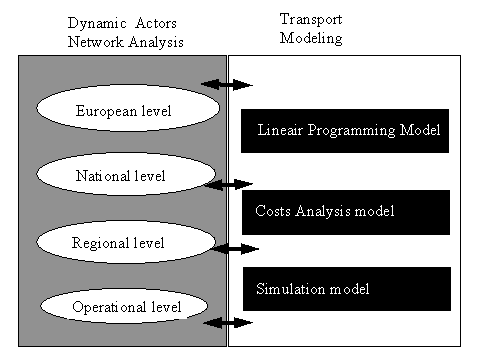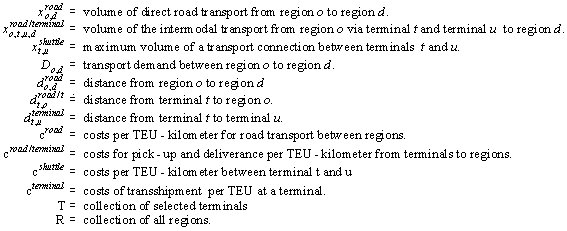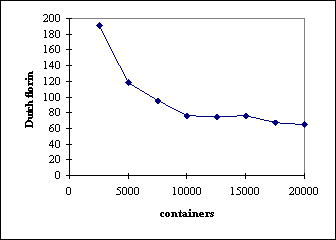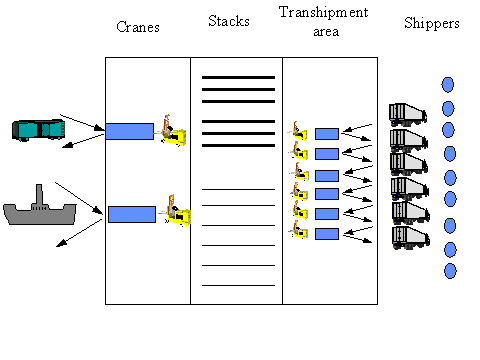Of course, it is almost impossible to develop a general single model that integrates all these aspects. The conclusion leads to the development of an overall methodological transportation framework, supported by multiple interrelated models capable of representing qualitative factors and uncertainties. The development of an approach to build these interrelation models must fill the gap between logistic decision processes on the one hand, and the specification of the design contents on the other hand. The new models must be easy to use and understand, with user-friendly capabilities, such as graphical representations of the systems under analysis. Sijbrands [Sijbrands 1993] clarifies that the task to support strategic logistic issues seems to be simple; however, the way to process and support is the main research objective to be tackled in future.
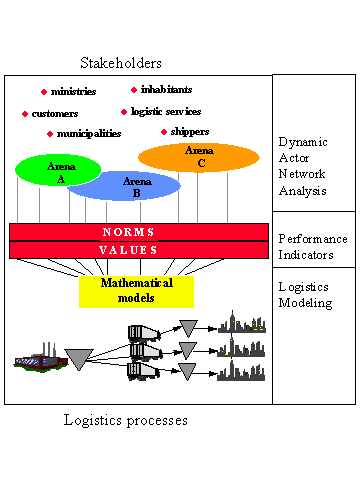
Figure 1: Approach for designing public logistics concepts
Dynamic Actor Network Analysis
The approach starts with the description of the multi-actor situation. For that purpose, we developed an actor modelling language, which supports the representation of different actor-perspectives [Bots et al. 1999]. In general, there is no lack of theoretical notions of networks and actors within the policy science. However, there is a lack of practical aid for empirical research on basis of the actor-model and its network-approach. A simple and accessible (ICT-supported) policy-technology for research into networks and actors is in fact still absent [Twist et al. 1998].
Every actor perception is modelled in terms of factual, causal and teleological assumptions. The factual assumptions represent how an actor perceives the current state of his environment. The causal assumptions represent which changes will occur in the perception of the actor. A causal scheme is a possible representation, but the language supports these relations using if-then commands. The last type of assumptions are the teleological assumptions, which represents the actor’s view on his desirability. Both the causal assumptions and the teleological assumptions are interpretations, respectively the relations and weights of importance, of the actor on factors. Because of the formal description of these perceptions in a database, several queries can be executed. For instance, a question like which actors have conflicting goals on a specific factor or use different definitions for a factor, could be brought to our special attention in the design of the logistic concept.
Performance indicators
The perception-based factors are the normative values of the performance indicators and form the connection to the design of the logistics concepts. The connection is comprehended in the definition of a performance indicator. ‘Performance indicators are quantifiable factors which enables a company to measure performances in relation to a pre-defined norm [Goor et al. 1993]’. In our approach the pre-defined norm forms the normative element which is a reflection of an actor’s perspective on a factor. The value part of a performance indicator can be derived from the process modelling of the logistics. Finally, the measurement of the value part against the normative part forms the definition of the performance indicator.
Logistics modelling
The last part of our approach is directed towards the calculation of the value parts of the performance indicators. Based on the appointed factors of importance in the network analysis, interpreted from the analyst’s perspective, special models are developed to measure the impact of various logistic concept variants. The great challenge is to develop a model at such a level which is, on the one hand comprehensive and easy to understand for the actors involved and, on the other hand, sufficiently detailed to validate on practice.
